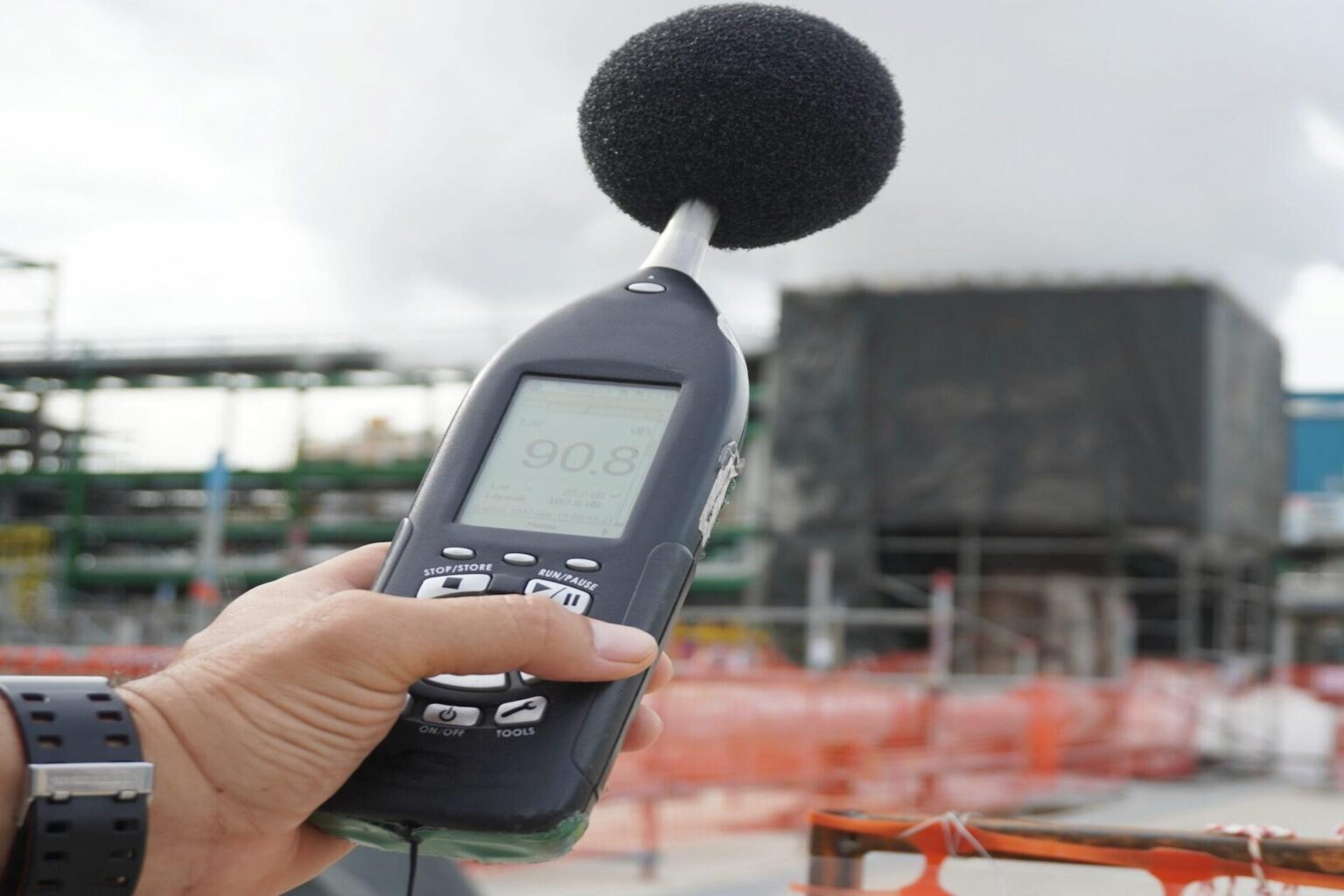
Noise monitoring is an important part of measuring the impact of noise on your business. Noise can have a significant impact on employee productivity, morale, and health. It can also lead to complaints from customers or neighbours who live near your facility.
With so many different types of tools available for measuring noise levels, it’s important to understand which tool is right for your organization’s needs—and how each one works.
Types of Noise Monitoring Tools
There are three types of noise monitoring tools: hardware-based, software-based, and cloud-based. Hardware-based monitoring tools are installed directly on your computer or server.
They collect data from the sensors and send it to a database via an interface such as a USB or serial port. The advantage of this type of system is that it can be installed anywhere without the need for an internet connection; however, if there is no power source nearby, you will have to bring one with you, which adds cost and extra weight to your equipment bag!
Features To Look For In A Noise Monitoring Tool
When you’re looking for a noise monitoring tool, there are a few key features to consider:
- Real-time monitoring. You want to be able to see what’s happening in real time so that you can take action quickly and effectively.
- Data logging capabilities This allows you to keep track of how much noise your employees are exposed to over time, which is important for assessing potential health risks and making sure they’re not exposed for longer than necessary or at unsafe levels.
Benefits Of Using A Noise Monitoring Tool
- Cost savings
- Improved safety
- Improved compliance
Drawbacks Of Using A Noise Monitoring Tool
There are some drawbacks to using a noise monitoring tool. The first is an expense, as these tools can be very expensive and may not be in your budget. Another drawback is the complexity of using them. If you’re not familiar with how they work, it can be difficult for you to properly use them.
Finally, many noise monitoring tools require ongoing maintenance to keep working properly; this means that if something goes wrong with your device or if there’s an issue with its calibration (which happens often), then you’ll need professional help from an expert technician who knows how these things work.
Choosing the right noise monitoring tool requires you to determine your needs, review vendors and compare features, and then consider costs.
Implementing A Noise Monitoring Tool
Once you’ve decided on the right noise monitoring tool for your business, it’s time to get started. Here are some tips:
- Installation: You should find the best location for your device and make sure it’s well hidden. This will prevent unauthorized access and tampering with the device.
- Training: Make sure that everyone who will be using this tool knows how it works and what they should do if there’s an issue with it.
- Maintenance: Regularly check on your equipment so that you can quickly address any problems before they become bigger issues or cause damage elsewhere in your building.
Conclusion
Noise monitoring is an important part of any construction project. It helps you ensure that your workers are working safely and that they’re following regulations, but it also provides valuable data about the environment around them.

Leave a Reply
You must be logged in to post a comment.